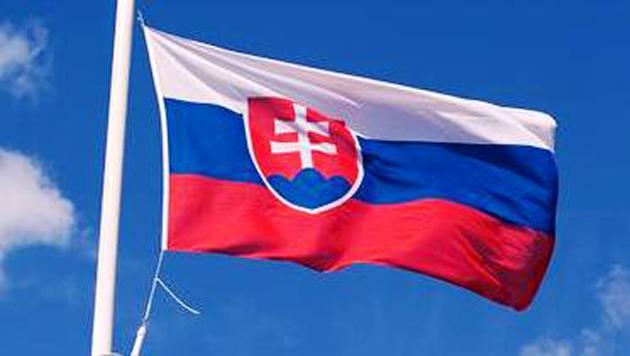Media image of Romani people in Slovakia: Generalizations and stereotypes

The civic association Romano kher – Rómsky dom (Roma House) has produced an analysis of selected Slovak media outlets in collaboration with the Media Academy, focusing on those outlets that significantly contribute to creating the image of various minorities for the Slovak public. The survey monitored the period from the beginning of June to the end of October 2015.
The analysis demonstrated that, just as many media have presented Romani people as an homogenous group until now, they have also presented refugees as a monolithic group with whom there are primarily problems. They have been supported in this by politiicans who have labeled the "Romani problem" unsolvable and called it sufficient reason to dissuade Slovakia from receiving refugees as well.
Romani people have been pushed into the background of Slovak media coverage by the coverage of refugees, but from the perspective of how the media works with minority topics, the authors of the survey say nothing about the media has changed. Some media, such as the daily news outlets Denník N, SME, RTVS, and aktualne.sk, have, however, intentionally defended good examples and done their best to improve the negative image of Romani people.
At the other end of the spectrum are those media outlets that confirm prejudices and stereotypes, according to respondents. According to the authors of the analysis, the media can also disseminate incorrect information even when their approach to Romani topics is objective for the most part.
As an example, the analysis presents this claim, reported by the daily SME on 23 October 2015: "This high, long-term unemployment is most often ascribed to the low employment of certain groups, including young people, low-skilled workers and Roma." However, according to Martin Filko of the Financial Policy Institute, of the estimated 350 000 Romani people in the country, approximately 42 000 are unemployed – and most of them never officially register with the Labor Office.
Another unfavorable fact about the Slovak media is the high number of pieces about Romani people living in settlements. Of 309 pieces analyzed, 145 did not mention the Romani people’s residences, while 102 (or almost one-third) were about Romani people living in settlements; according to Slovakia’s "Atlas of Romani Communities", approximately half of all Romani people in the country live scattered among the majority society.
Journalists also frequently do not provide any room for the voices of the Romani people to be heard. Whenever the media do provide such room, they frequently present the Romani speakers anonymously, or label them as "settlers" or "settlement occupants".
"Romani people, like the refugees, have no opportunity to defend themselves, because they have no access to the media and they have no political party to defend them. It is mainly the journalists writing for the majority-society media who can influence society’s negative mood or opinions, who can present Romani people as a national minority whose members have been living in Slovakia for centuries, as people who are diverse and who come from various levels of society, who are part of society in every area," said Agnes Horváthová of Romano kher.
Even though Romani people are citizens of Slovakia, Horváthová says journalists frequently report about them as if they were some entirely different group. The media outlets studied included samples from the dailies SME, Denník N, Hospodárske noviny, Plus jeden deň and Nový Čas (including their online editions), the magazine Plus 7 dní, the web portals of aktualne.sk, aktuality.sk and topky.sk, the television stations TV Markíza, TV JOJ, and Jednotka, and all of the channels of Slovak Radio.